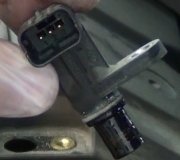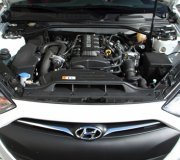Thursday, June 16th, 2016 AT 7:24 PM
I just bought this car on June 6, the car ran fine until last night when it stalled out on me. I tried to start it and it started right up and went another 1/4 mile and died again. I tried to start it and it just kept trying to turn over so I gave up and called a tow truck. I got the car home and my brother and father came down and we changed the oil thinking maybe the oil was bad because it was really dark and low, but we started it up and my dad heard a lifter starting to go. My brother took it for a test drive and we got it up to 30 mph with a rpm of 6. It sounded like it did not want to shift so we turned around and it stalled out again. He started it and tried to go forward and it stalled again so he started it a second time and revved the engine and threw it into drive and got it back to the parking lot. We told my dad what it was doing and he got in and started to take it out and it stalled again. The lifter sounds like it is going out I am not sure what to do. Is a lifter that is about to go out something that can be determined as being a pre-existing condition? I would think it would be, I have only had the car for ten days now and have only put on eight hundred miles as I travel about forty five miles round trip for work and I have traveled about fifty miles one way to see my parents several times. I do not see why they would not have been able to hear the lifter going out or is that even what my problem is as I am afraid to drive it anywhere to have it looked at could you please help me?


